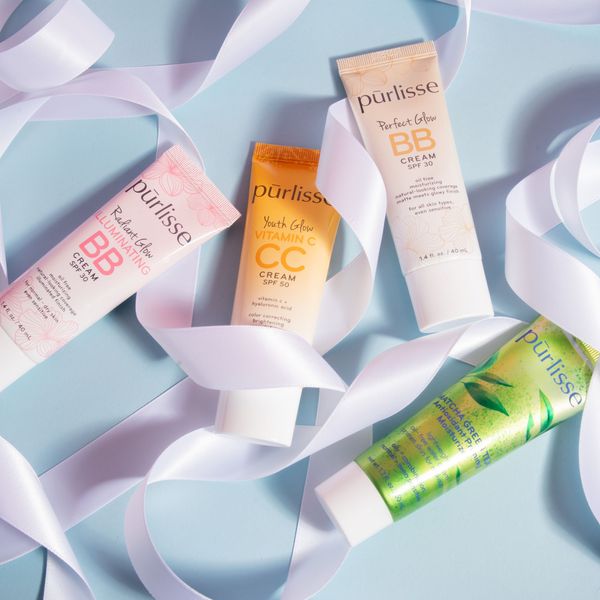Avoid These 5 Mistakes Before You Send Your First Text Marketing Message
With flooded inboxes and noisy social marketing channels, marketers are turning towards SMS marketing to cut through the noise and directly reach customers. As marketers, we always have to tread carefully around continually changing guidelines, regulations, and best practices, especially when you adopt a new channel to your marketing program. Whether you’re just starting out with SMS marketing or need a quick refresher, avoid these faux pas for your best SMS acquisition and engagement yet.
1) Neglecting to collect explicit permission
The name of the game in the last few years is customer consent and data privacy protection. We’ve seen increased efforts in email marketing––do Canada’s anti-spam legislation (CASL) and the General Data Protection Regulation (GDPR) come to mind? Unsurprisingly, SMS marketing is no exception, and, in fact, has even more stringent regulations. Under the Telephone Consumer Protection Act (TCPA), the most important rule is that businesses can’t call or send a text message without the recipient’s prior consent. Each text message can constitute a separate violation – yikes!
The best course of action is to have your customers personally subscribed to an SMS marketing program by giving them a clear opportunity to click an opt-in checkbox or having them text your company directly.
2) Being unclear about your SMS marketing program
You might be wondering if you could send promotional text messages to customers who gave their phone number from a past interaction. Perhaps you got their phone number from a previous customer support ticket or provided their number when they started a free trial. Unlike email, you cannot send any text messages except for the messages your customers opt into. The intent of your program must be very clear when your people subscribe to your program. Your recipients should know exactly what they’re signing up for, including the frequency and types of messages they’ll receive from you.
Setting up your program expectations doesn’t need to be a long-winded explanation. You can easily achieve this in your opt-in language on your page where you’re advertising your SMS marketing program and within your auto-response welcome message to subscribers after they first join.
3) Forgetting to identify yourself in your message.
No matter how catchy, compelling, or well-written your message may be, your message will confuse your customers if they can’t tell who sent the message. In emails, your sender name and subject line helps customers identify your company. However, with SMS marketing, you’re likely not in your customer’s address book and a total mystery number. Be sure to take the time to identify yourself within your message, leaving no question for your customer when your text message comes in.
4) Delivering messages at the wrong time, or too often
SMS marketing can be highly effective at delivering your message to target recipients, often resulting in over 98% open rates. Still, the success of your text message campaign greatly depends on your customer’s response to your message. Poorly-timed messages can be a huge turn-off, and no one wants to be inundated by an excessive amount of text messages. The last thing you want to do is give customers a reason to unsubscribe from your program.
Keep your recipient’s time zones and schedules in mind when you send your messages. Throwing a great offer too early in the morning or very late at night would probably get a lower response rate. Or, if your message is best received during business hours, an appropriate time to send your message would be during standard work hours.
5) Sending impersonal and irrelevant content
Remember, one of the benefits of SMS marketing is that it’s an incredibly personalized channel. Be conversational in your tone, and try to avoid too much marketing and sales jargon. Customers know promotions will come their way, but there’s no need to hit your customers over the head with excessive marketing speak. After all, your customers proactively consented to receive messages from your brand – they already told you they want to hear from you!
Take personalization a step further by segmenting your customers and creating messages tailored to individuals. Just as you would with email marketing, break down your contacts so that your message resonates with the right audience. When delivering text messages, you’re still interrupting your customer’s day. A successful message is not only timely, but the value presented in the message also aligns with your customer’s interests.1




